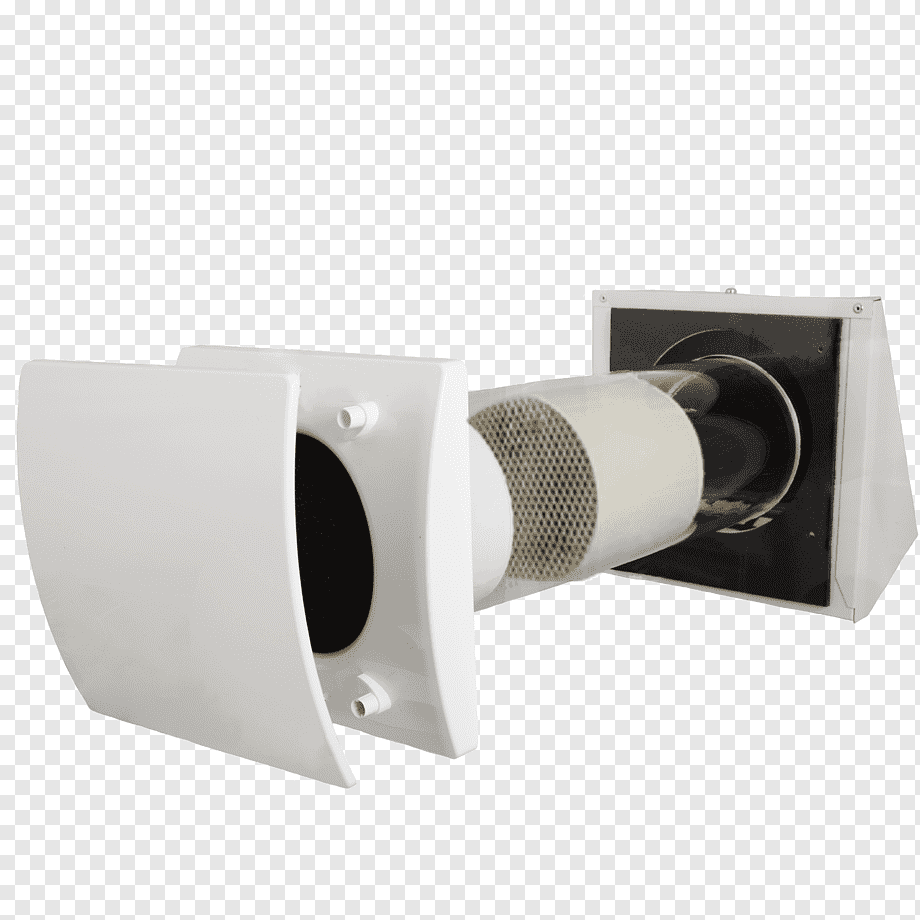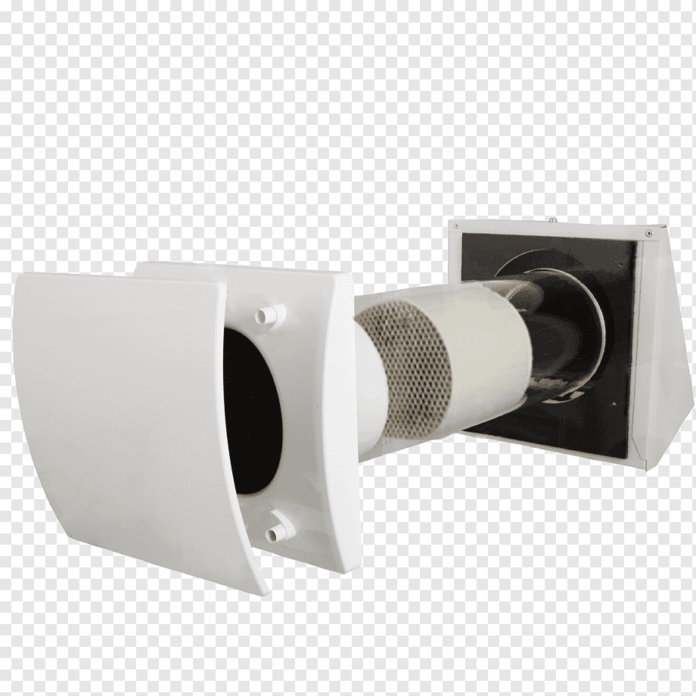When it comes to creating a sustainable building, there are many factors to consider – from energy efficiency to reducing carbon footprint. One key aspect that is often overlooked is air-heat recovery. This technology has been gaining popularity in recent years and for good reason. By harnessing the waste heat from a building’s ventilation system, air-heat recovery allows for significant energy savings and a more environmentally-friendly operation. In this blog post, we will explore the significant benefits of Air Heat Recovery and how it can help maximize sustainability in your building.
Efficient Heating and Cooling
When it comes to creating a sustainable building, efficient heating and cooling are essential factors to consider. Air-heat recovery technology plays a significant role in achieving these goals. By harnessing the waste heat from a building’s ventilation system, air-heat recovery systems can be used to efficiently heat or cool the air, reducing the energy consumption required for these processes.
During the colder months, air-heat recovery systems can capture the waste heat from outgoing air and transfer it to incoming fresh air, preheating it before it enters the building. This reduces the load on the heating system, resulting in energy savings. Similarly, during the warmer months, the system can transfer heat from the incoming air to the outgoing air, providing pre-cooling and reducing the need for excessive air conditioning.
By optimizing heating and cooling processes, air-heat recovery systems contribute to a more sustainable and environmentally-friendly operation. They not only save energy but also reduce carbon emissions associated with traditional heating and cooling methods. So, if you’re looking to maximize the efficiency and sustainability of your building’s heating and cooling systems, consider integrating air-heat recovery technology.
Boosting Your Building’s Sustainability with Air Heat Exchanger
Air heat exchangers are a powerful tool for boosting the sustainability of your building. By utilizing this technology, you can significantly reduce your energy consumption and carbon emissions, all while creating a more comfortable environment for your occupants.
One of the main ways air-heat exchangers boost sustainability is through their ability to recover and reuse waste heat. This means that instead of simply letting hot air escape and cold air enter, the exchanger captures the heat from outgoing air and uses it to preheat incoming fresh air. By doing so, the heating system is under less strain, resulting in reduced energy usage and cost savings.
Not only do air-heat exchangers help with heating, but they also play a role in cooling. During warmer months, the exchanger can transfer heat from incoming air to outgoing air, providing pre-cooling and reducing the need for excessive air conditioning. This not only saves energy but also improves overall comfort for occupants.
Air To Air Heat Exchanger Residential Improve Air Quality
Improving air quality is crucial for maintaining a healthy and comfortable environment in residential buildings. And one way to achieve this is through the use of Air to Air Heat Exchanger Residential. These systems not only help regulate temperature but also play a vital role in purifying the air inside your home.
Heat exchangers work by exchanging stale, polluted indoor air with fresh outdoor air, all while maintaining a comfortable temperature. They use filters to trap and remove contaminants such as dust, allergens, and pollutants, ensuring that the air circulating in your home is clean and healthy.
By improving air quality, these heat exchangers can help reduce respiratory problems and allergies among residents. Additionally, they minimize the need for opening windows for ventilation, making it easier to maintain a consistent indoor temperature and avoid unnecessary energy loss.
 Enhancing Energy Efficiency with Air To Air Heat Exchanger
Enhancing Energy Efficiency with Air To Air Heat Exchanger
Enhancing energy efficiency is a top priority for any building, and one way to achieve this is through the use of Air to Air Heat Exchanger. These innovative systems play a crucial role in maximizing energy efficiency and reducing carbon emissions.
Heat exchangers work by transferring heat from the outgoing air to the incoming fresh air, without mixing the two streams. This means that the energy used to heat or cool the air is not wasted, resulting in significant energy savings. By reusing the heat that would otherwise be lost, these exchangers help to reduce the workload on heating and cooling systems, leading to lower energy consumption and reduced utility bills.
In addition to energy efficiency, heat exchangers also contribute to a more comfortable indoor environment. By maintaining a consistent temperature, these systems eliminate hot and cold spots, ensuring a more even distribution of heat or cool air throughout the building.
Cost Savings with Hot Air Exchanger
One of the most compelling benefits of using a hot air exchanger in your building is the potential for significant cost savings. These systems are designed to efficiently recover and reuse waste heat, resulting in reduced energy consumption and lower utility bills.
By capturing the heat from outgoing air and using it to preheat incoming fresh air, a air exchanger helps to minimize the workload on your heating system. This means that you’ll require less energy to heat your building, resulting in immediate cost savings. Additionally, by reducing the need for excessive air conditioning during the warmer months, a air exchanger can also lead to savings on your cooling costs.
Lowering Your Carbon Footprint with Energy Recovery Heat Exchanger
Reducing our carbon footprint is essential for mitigating the impacts of climate change, and one effective way to achieve this is through the use of energy recovery heat exchangers. These innovative systems play a vital role in lowering your building’s carbon emissions by efficiently capturing and reusing waste heat.
Heat exchangers work by transferring heat from outgoing air to incoming fresh air, preventing the loss of valuable energy. By utilizing this waste heat, you can significantly reduce the amount of energy required for heating and cooling processes, resulting in a smaller carbon footprint.
By integrating energy heat exchangers into your building’s ventilation system, you can make a substantial contribution to sustainability. These systems not only save energy and reduce carbon emissions but also provide long-term cost savings by lowering utility bills. So, if you’re looking to lower your building’s carbon footprint and maximize sustainability, investing in energy heat exchangers is a wise and impactful choice.
Long-Term Benefits of Investing in Fresh Air Heat Recovery Unit
Investing in a fresh air heat recovery unit for your building can have long-term benefits that go beyond energy savings. By integrating this technology into your ventilation system, you are making a commitment to sustainability and reaping the rewards for years to come.
One of the key long-term benefits of investing in a fresh air-heat recovery unit is improved indoor air quality. These units filter out contaminants, such as dust and allergens, ensuring that the air circulating in your building is clean and healthy. This can lead to better respiratory health and reduced instances of allergies among occupants, creating a more comfortable and productive environment.
Additionally, by reducing the strain on your heating and cooling systems, a fresh air-heat recovery unit can extend the lifespan of this equipment. This means fewer maintenance and replacement costs over time, resulting in long-term savings for your building.
Maximizing ROI
Maximizing the return on investment (ROI) is a key consideration for any building owner or operator. When it comes to air-heat recovery technology, the potential for maximizing ROI is significant. By implementing these systems, you can see a range of cost-saving benefits that will continue to pay off over time.
First and foremost, air-heat recovery systems help to reduce energy consumption, which translates to lower utility bills. By capturing and reusing waste heat, these systems minimize the need for additional energy to heat or cool the air. This results in immediate cost savings that can be seen on your monthly energy bills.
In addition to reducing energy costs, air-heat recovery technology can also contribute to the longevity of your heating and cooling equipment. By reducing the strain on these systems, they can operate more efficiently and have a longer lifespan. This means fewer maintenance and replacement costs over time, further maximizing your ROI.
FAQs
Got questions about air-heat recovery? We’ve got you covered! Check out these frequently asked questions to learn more about this innovative technology:
1. How Does Air Heat Recovery Work?
Air Heat Recovery systems capture waste heat from a building’s ventilation system and use it to preheat or pre-cool incoming fresh air. This reduces the load on the heating and cooling systems, resulting in energy savings.
2. Can Air-Heat Recovery Be Installed In Existing Buildings?
Yes! Air-heat recovery systems can be retrofitted into existing buildings, making them a versatile option for maximizing sustainability.
3. Are Air-Heat Recovery Systems Expensive To Install?
While there may be an upfront cost to install air-heat recovery systems, the long-term savings on energy bills and potential equipment longevity make them a cost-effective investment.
4. Are There Any Maintenance Requirements For Air-Heat Recovery Systems?
Regular maintenance, such as filter replacement and cleaning, is necessary to ensure optimal performance of air-heat recovery systems. However, this is generally straightforward and can be done by building maintenance staff.
5. Can Air-Heat Recovery Systems Be Used In All Climates?
Yes! Air-heat recovery systems are designed to work in a variety of climates and can be customized to suit different weather conditions.
Remember, if you have more questions or want to explore how air-heat recovery can benefit your building, reach out to a trusted HVAC professional for personalized advice.
Conclusion
In this blog post, we have explored the significant benefits of air-heat recovery and how it can help maximize sustainability in your building. By harnessing the waste heat from a building’s ventilation system, air-heat recovery allows for significant energy savings and a more environmentally-friendly operation. We have discussed how air-heat recovery technology improves heating and cooling efficiency, boosts sustainability, enhances air quality, and reduces costs.
